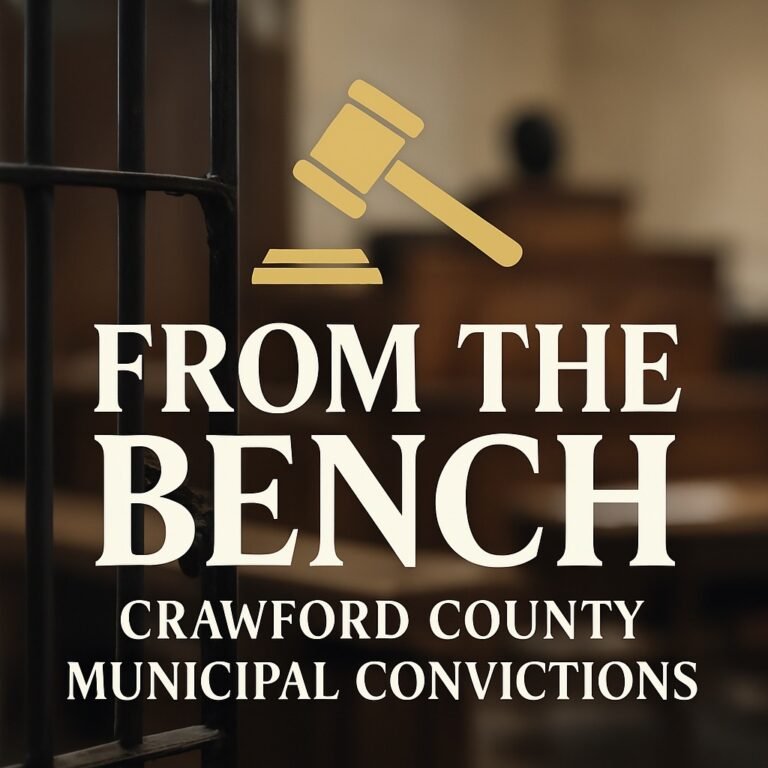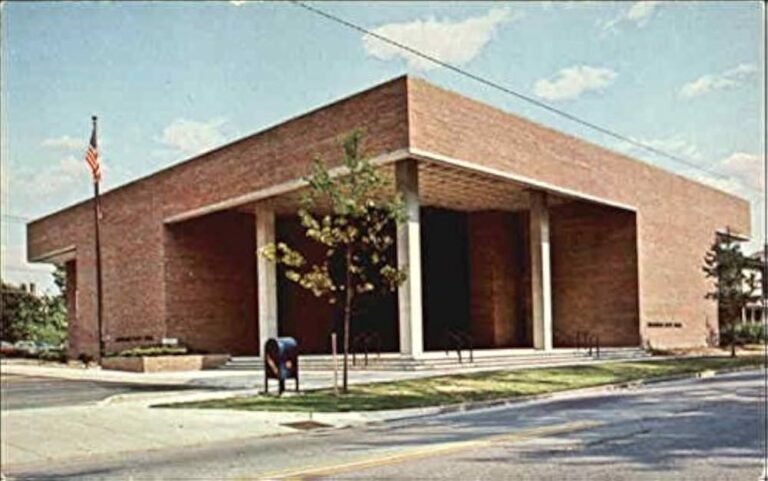A plain-language guide to the five “schedules” used by doctors, pharmacists, and law enforcement.

We’ve all seen it—those headlines saying someone was arrested for possession of a C-II drug, or that a warrant was issued for trafficking in a C-I substance. But what exactly do those letters and Roman numerals mean?
Under the federal Controlled Substances Act, drugs and medications are grouped into five categories—called "schedules"—based on two key factors: their potential for abuse and whether they have any accepted medical use. Here's a quick breakdown:
Schedule I (C-I): No Accepted Medical Use
These drugs are considered to have a high potential for abuse and no accepted medical use in the U.S. They are illegal—doctors can't prescribe them, and pharmacies don’t carry them.
Examples: Heroin, LSD, mescaline, peyote.
Schedule II (C-II): Medical Use, Strict Rules
These drugs are legal and do have medical uses, but they also come with a high risk of abuse and dependence. Because of that, they’re tightly regulated—no refills allowed, and every new prescription requires a visit to the doctor.
Examples: Fentanyl (Duragesic), oxycodone (Oxaydo), hydrocodone, methadone (Methadose), hydromorphone (Exalgo ER), morphine, methylphenidate (Daytrana), amphetamines (used for ADHD).
Schedule III (C-III): Moderate Risk
These substances are considered to have a lower risk of abuse than Schedules I or II, but abuse can still lead to dependence—especially psychological.
Examples: Ketamine, Tylenol with codeine, anabolic steroids like testosterone.
Schedule IV (C-IV): Lower Abuse Potential
C-IV drugs are widely used in medicine and are seen as having a relatively low risk of abuse or dependence.
Examples: Lorazepam (Ativan), zolpidem (Ambien), eszopiclone (Lunesta), tramadol (Ultram), phenobarbital (Luminal).
Schedule V (C-V): Lowest Risk
These medications are typically prescribed for mild symptoms like cough or diarrhea and are considered to have the lowest risk of abuse.
Examples: Diphenoxylate with atropine (Lomotil), guaifenesin with codeine (Guaiatussin AC), pregabalin (Lyrica), promethazine with codeine.
So next time you spot “C-II” in a police report or on a prescription label, you’ll know what it means—and why it matters. A drug’s schedule influences how it’s prescribed, dispensed, and enforced, and can make all the difference in a courtroom or a clinic.



















Thank you so much for this interesting and educational article! I truly appreciate your service and dedication to readers in our community and hope to demonstrate that appreciation upon improvement of my personal financial situation. Bless you for this commitment to excellence.
With gratitude,
Alena Fox
Thank you so much, Alena! I was reviewing a court docket and realized I wasn’t sure about the drug classifications. I figured if I had that question, others might too—and they might appreciate having it explained.